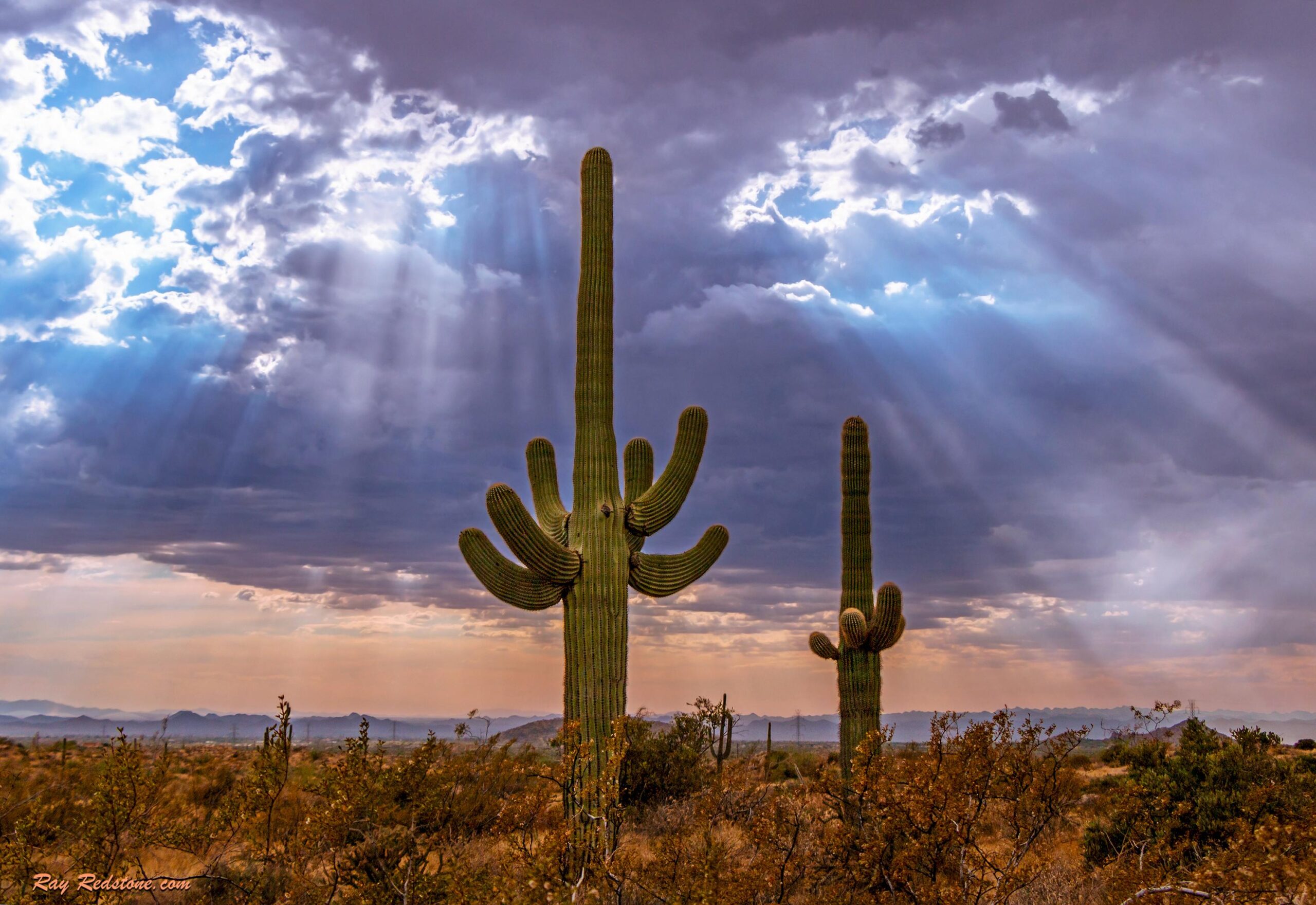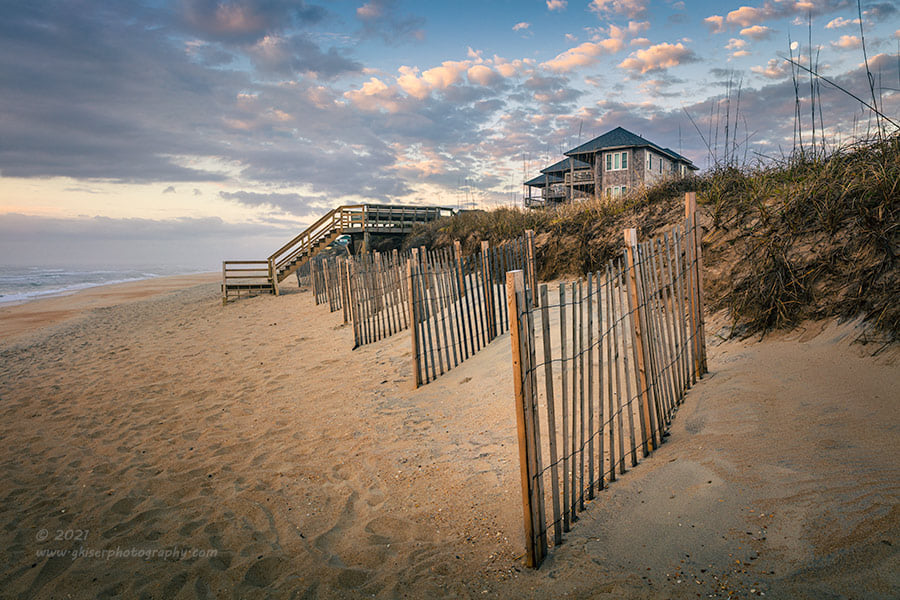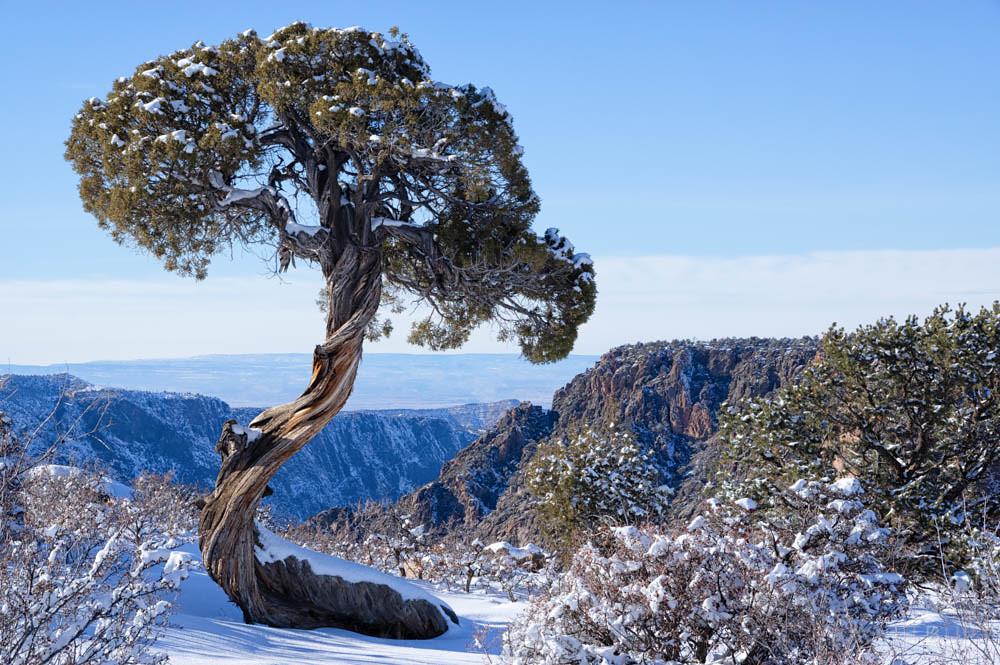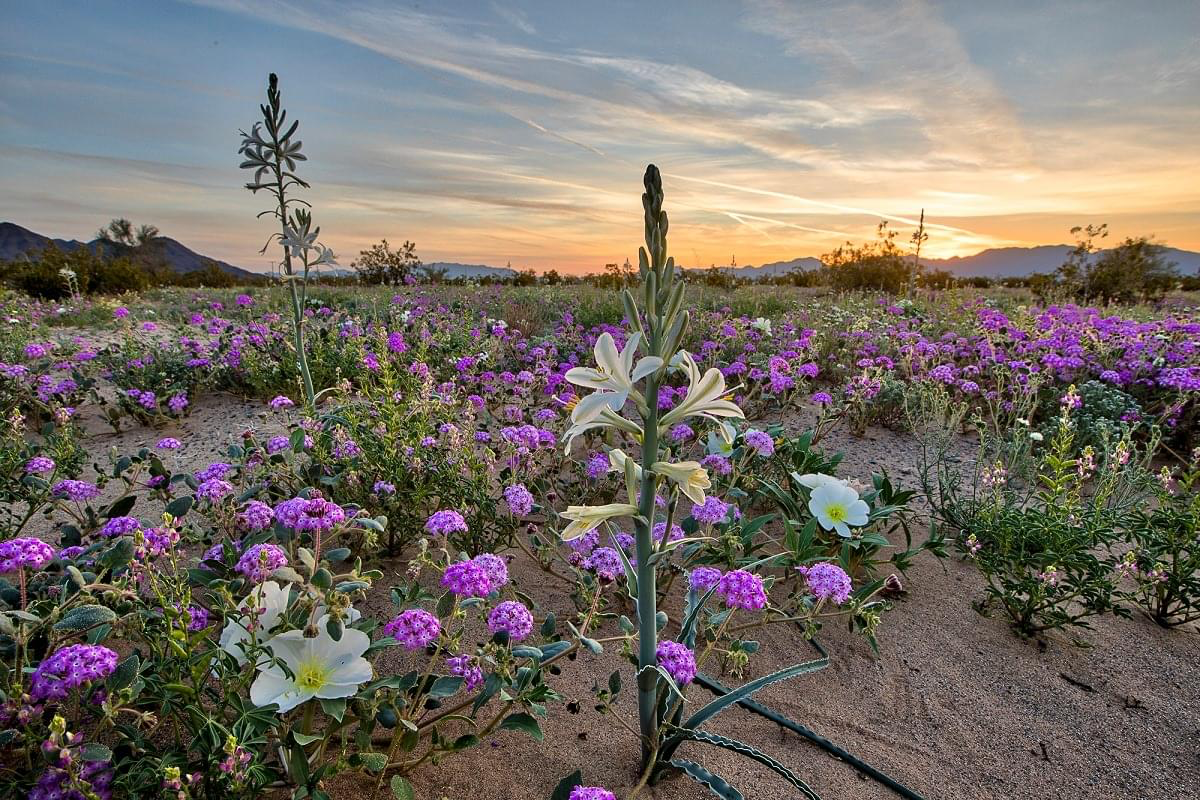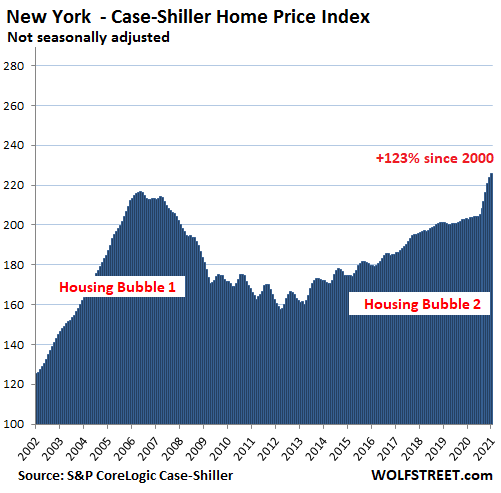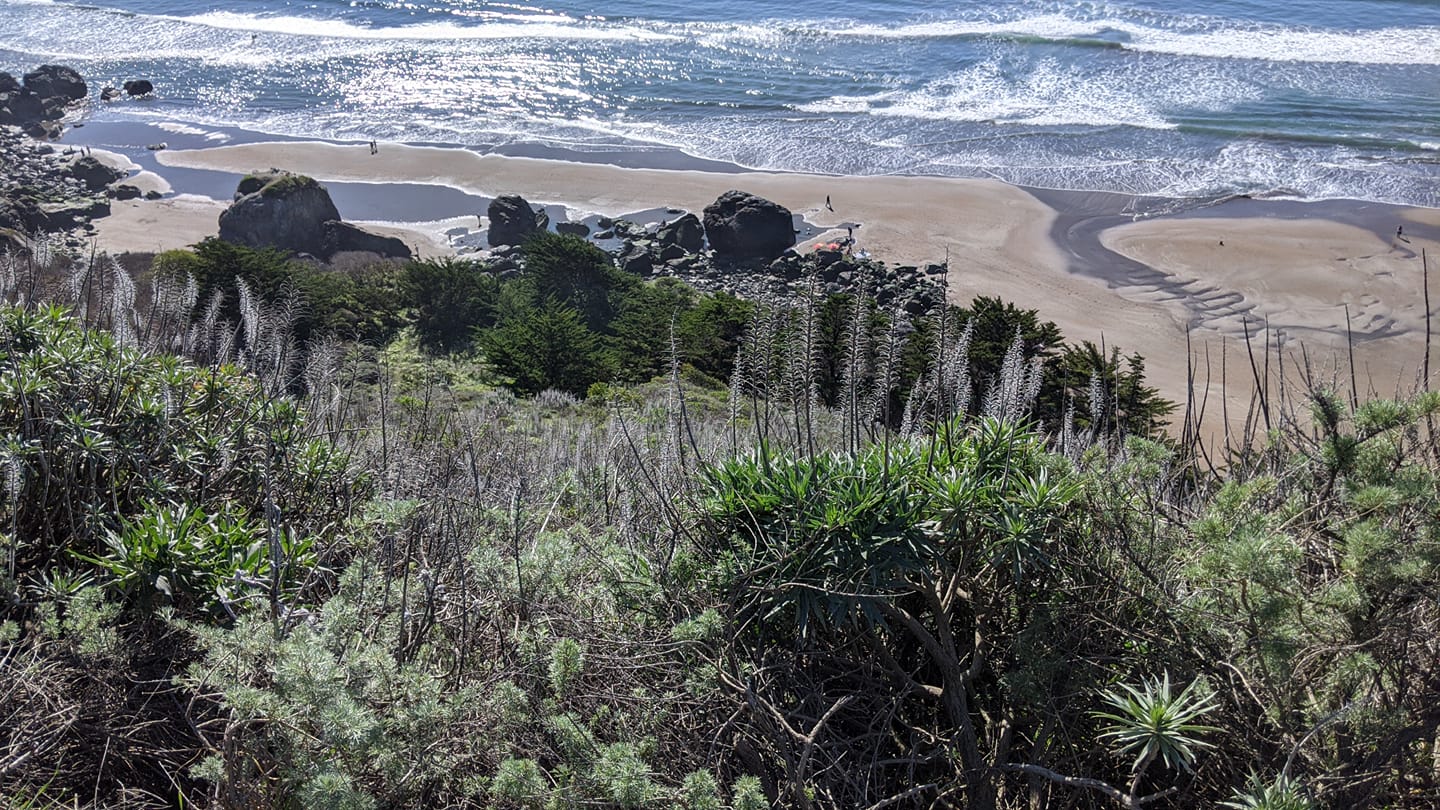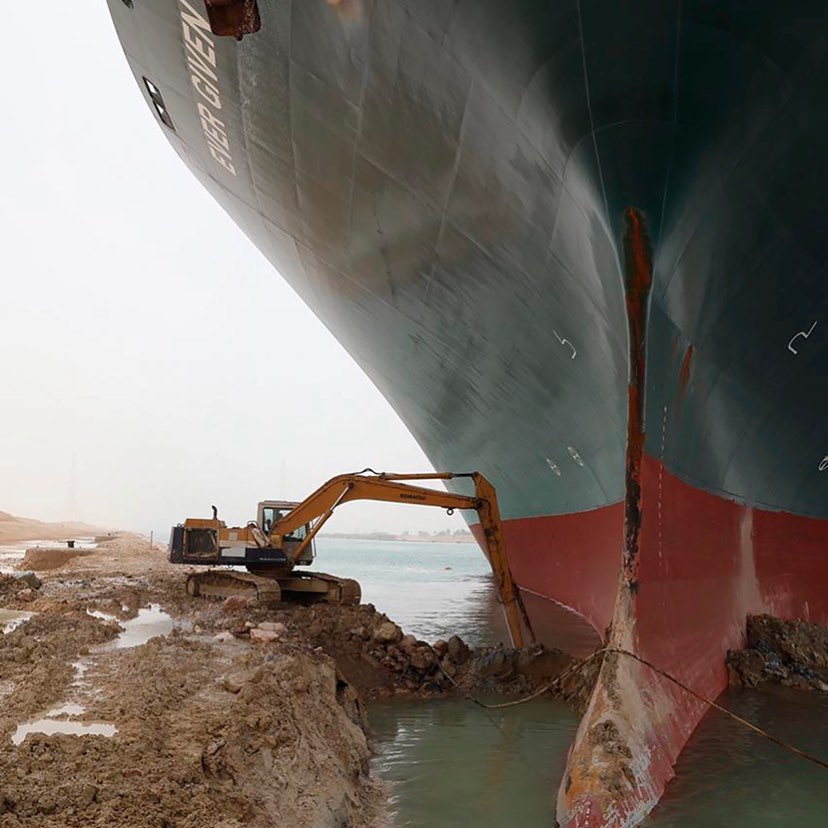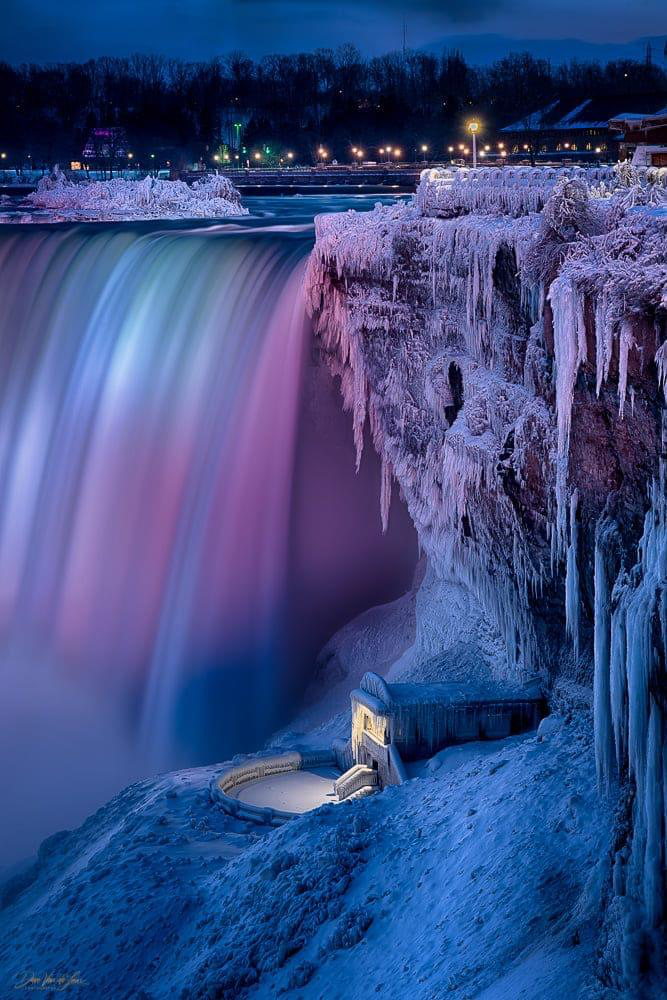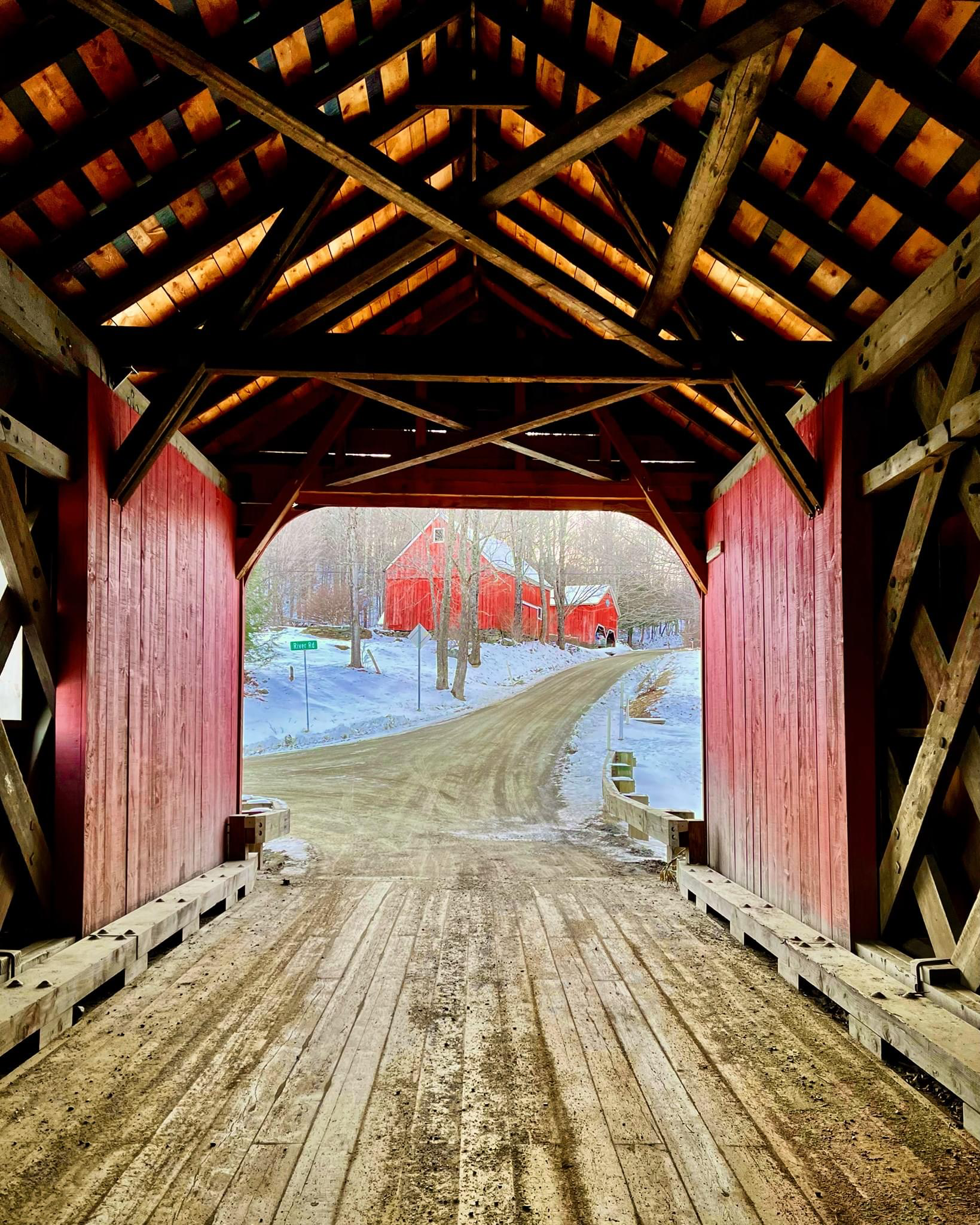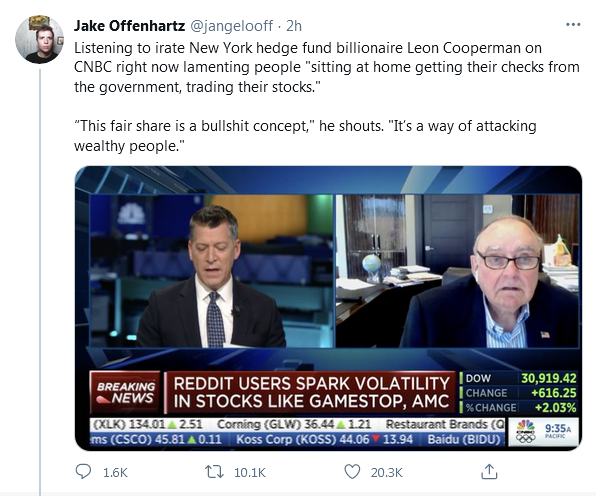The Daily Escape:
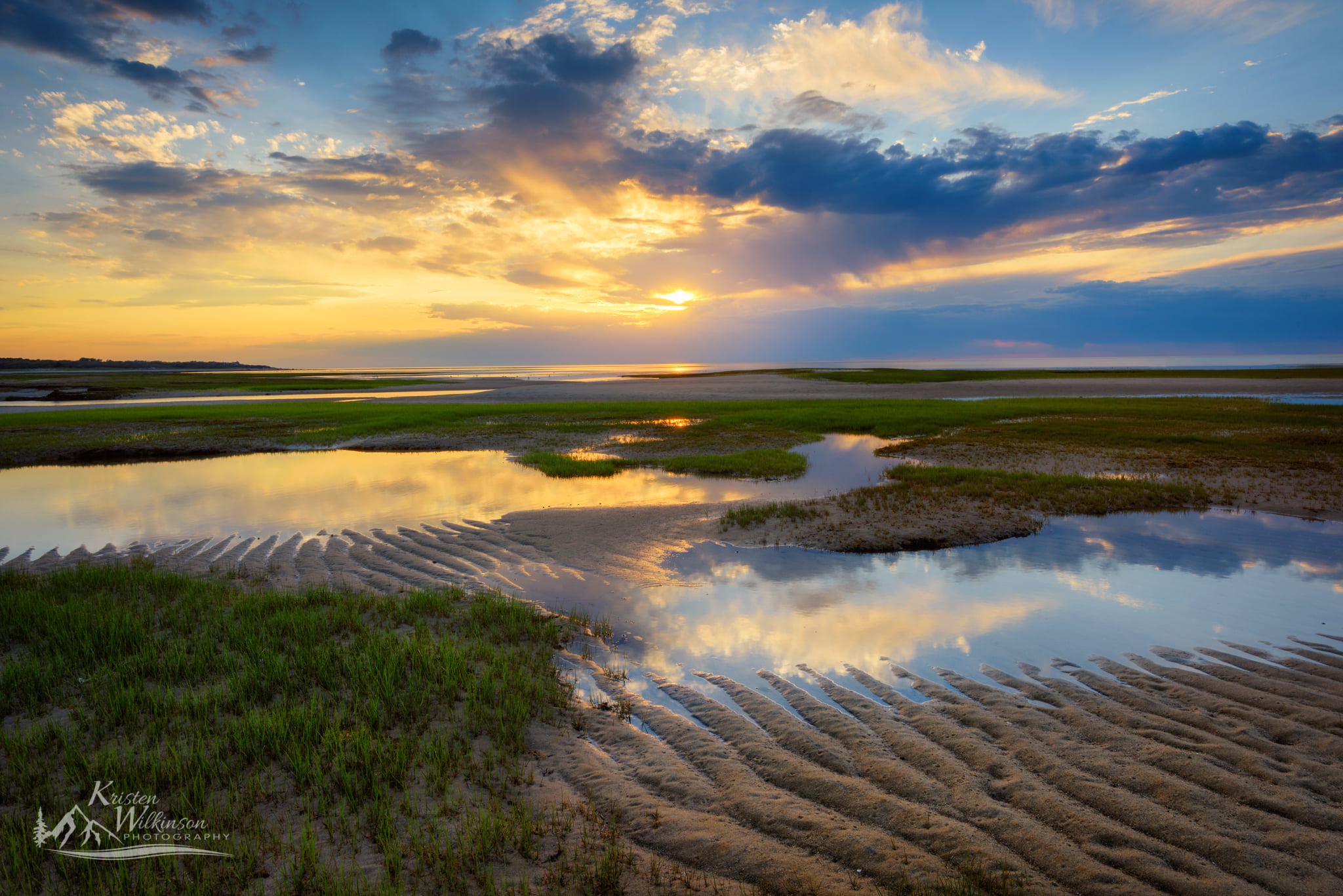
Sunset, Paines Creek Beach, Cape Cod MA – May 2021 photo by Kristen Wilkinson Photography
People worldwide are finally waking up to the tax mischief of multinational corporations. When Treasury Secretary Janet Yellen announced earlier this year that it was time to end the “race to the bottom” and implement a global minimum tax for corporations, few took her seriously.
But now we could be on the cusp of a once-in-a-generation moment that would benefit funding of our public services immensely.
On Saturday at the G7 meeting, the members agreed to back a new global minimum tax rate of 15% for companies to pay on income, regardless of where they are based. The deal is focused on two main changes: reallocating taxes towards countries where economic activity takes place, rather than where these firms choose to book their profits, along with setting a minimum tax rate.
If enacted, the agreement would stop large multinational companies from locating in tax havens, which will force them to pay more taxes. This is clearly revolutionary. The winners would be large economies where multinationals sell a lot, but where they book little taxable profit, thanks to tax loopholes that allow them to siphon off income into low-tax jurisdictions.
This has become a larger problem since the rise of the digital giants like Apple and Google, companies with mostly intangible assets. The most obvious losers will be the tax haven countries that, more than half a century ago, started taking advantage of globalization by drastically lowering their tax rates.
The most sophisticated firms, those with battalions of tax lawyers and accountants, have for years employed tax loopholes in individual countries’ tax laws to minimize their total tax liability. While not all tax loopholes deal with international sales, they are a prime method that the biggest firms use to avoid income taxes.
The NYT cites a report from the EU Tax Observatory which estimated that a 15% minimum tax would yield an additional $58 billion in tax revenue per year.
Between 2011 and 2020, Amazon, Facebook, Alphabet (the owner of Google), Netflix, Apple, and Microsoft paid roughly $219 billion in income taxes, which amounted to just 3.6% of their more than $6 trillion in total revenue, according to the Fair Tax Foundation.
Had these six firms paid the prevailing tax rates in the countries in which they operate, they would have given global tax authorities over $149 billion more than they did over the past decade.
But tax reform isn’t a sure thing. Next month, the G7 must sell the concept to finance ministers from the broader G20 group of nations. If that is successful, officials hope that a final deal can be signed by the Group of 20 leaders when they meet next in October. Ireland, which has a tax rate of 12.5%, has come out against the global minimum tax. China has been quiet, but is considered unlikely to buy in.
G7 finance officials think that if enough advanced economies sign on, other countries will be compelled to follow suit. They plan to exert political pressure on Ireland to join the agreement.
The Biden administration has been eager to reach an agreement because a global minimum tax is an ingredient in its plans to raise the US corporate tax rate to 28% from the current 21%, to help shave the deficit. While Republicans and corporations think that increasing taxes would make American companies less competitive, getting other countries to go along with a minimum tax rate on overseas profits would minimize the home field disadvantage to American companies.
Time to wake up, America! We need our Congress, along with world leaders, to step up and enact this new tax policy. Changes to the tax code requires approval from both Houses of Congress, so this may never happen.
To help you wake up, listen to a cover of Bob Dylan’s “Everything Is Broken” by RL Burnside, with an all-star supporting cast including Buddy Guy with the first guitar solo, Derek Trucks with the second guitar solo and James Cotton on solo harmonica.
You may not be aware that Rolling Stone has a list of their top 80 Dylan covers . Here’s Burnside’s blues take on Dylan:
Sample lyric:
Broken hands on broken ploughs,
Broken treaties, broken vows,
Broken pipes, broken tools,
People bending broken rules.
Hound dog howling, bull frog croaking,
Everything is broken.

